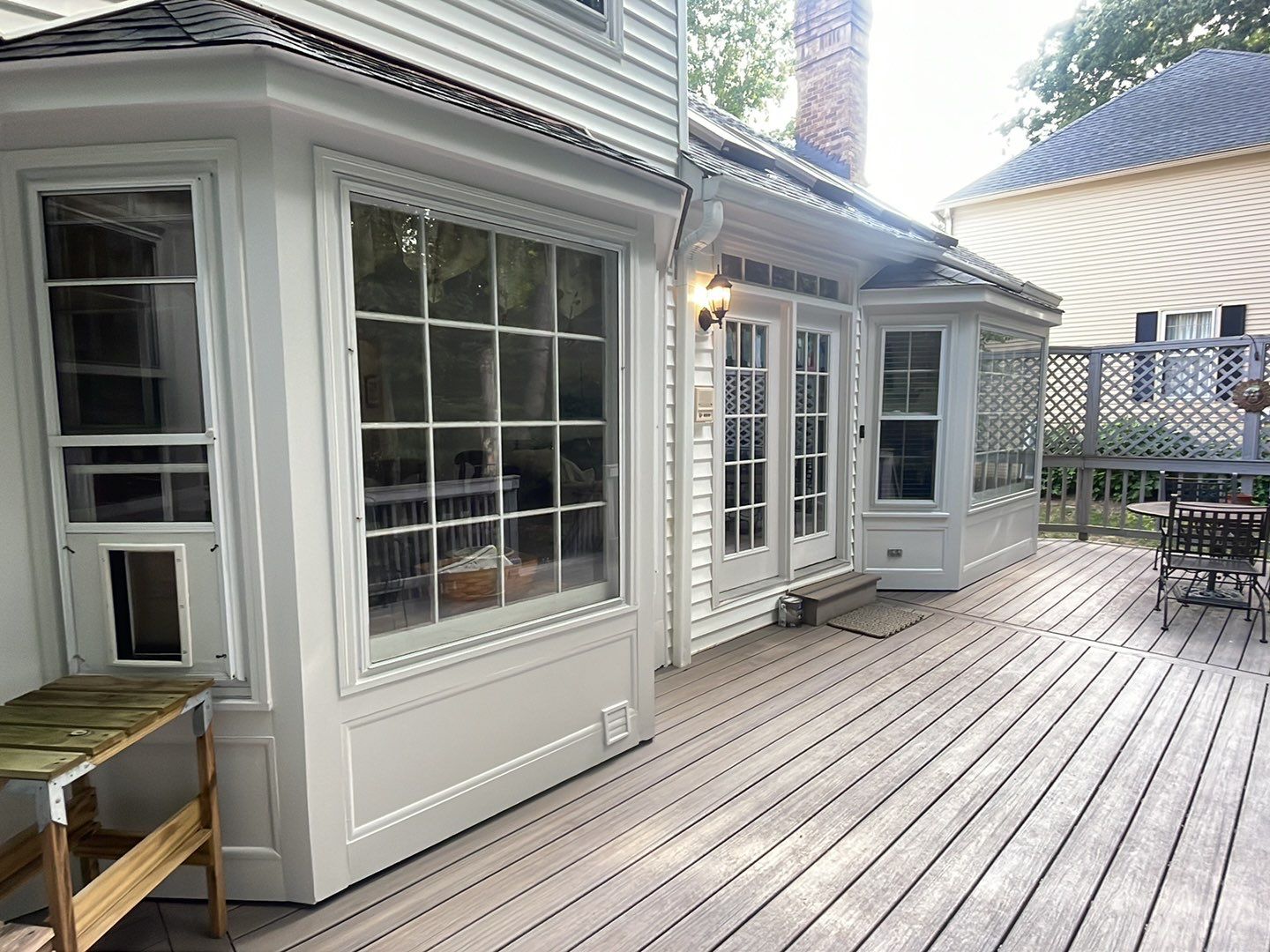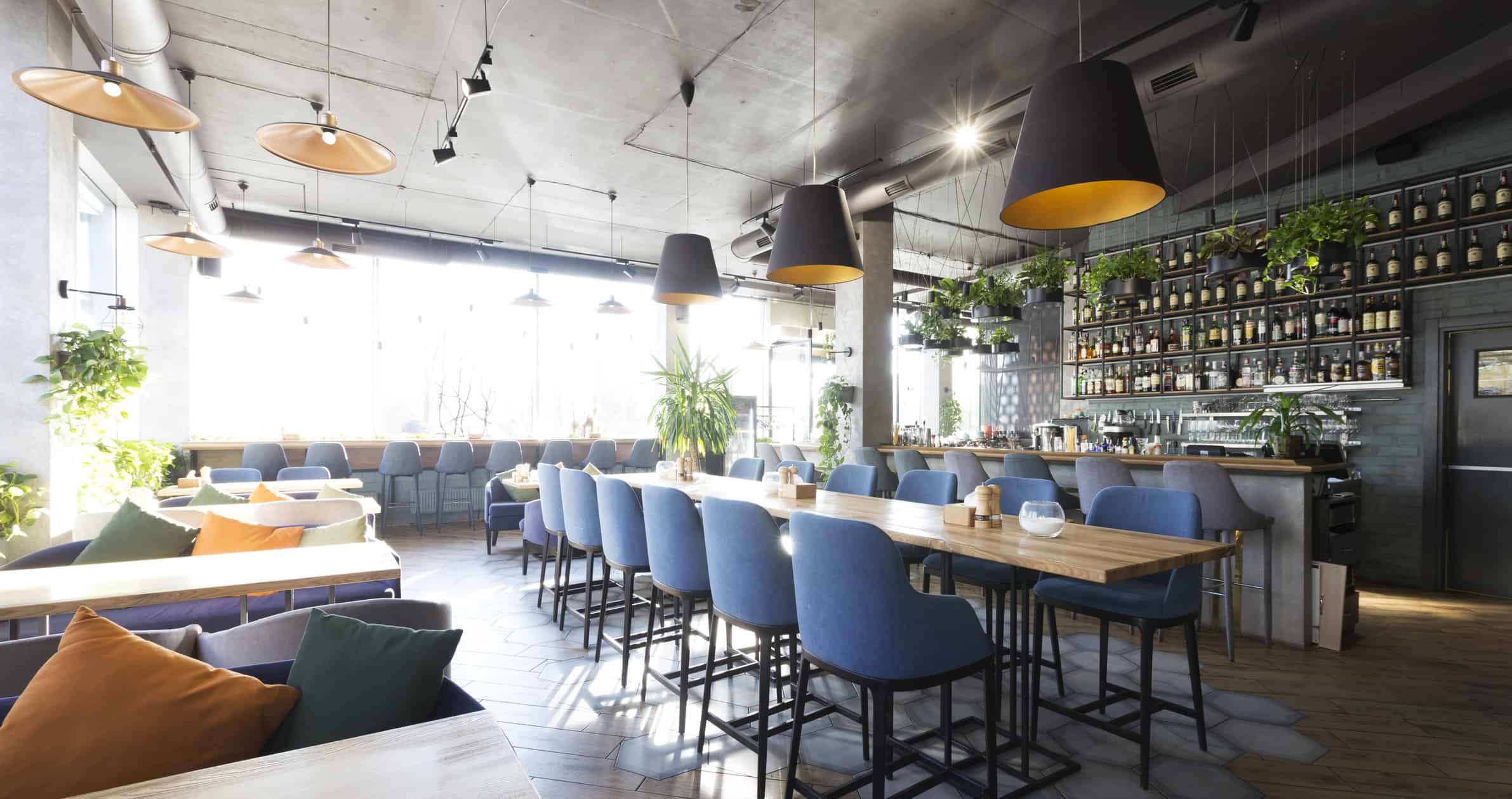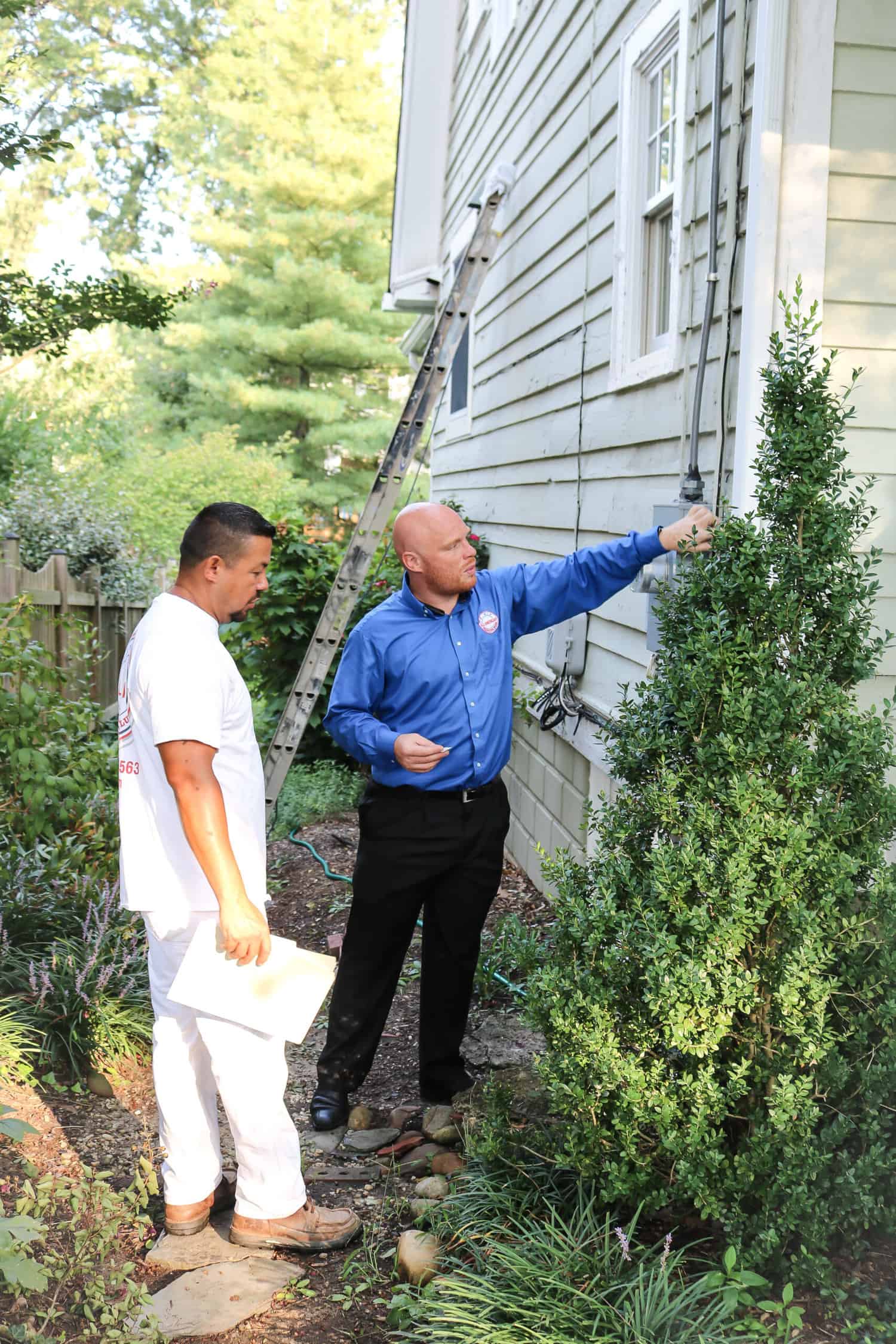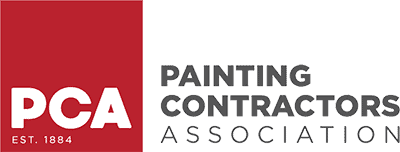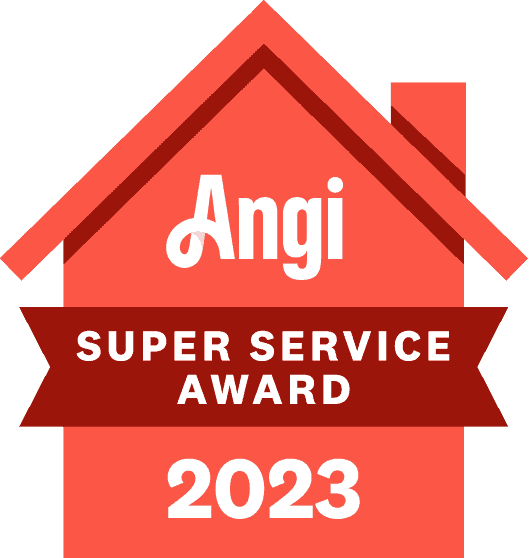Once all your drywall is in place, there is still plenty of work to do before interior painting can begin. Properly finishing drywall requires the right tools, patience, and proper technique. Experience doesn’t hurt, either. Sure, anyone can learn to finish drywall, but there are plenty of pitfalls you might fall into if you try doing it yourself. Knowing what causes these issues is an important step toward getting the job done right. Let’s go over these common mistakes that cause issues with drywall finishing.
Mixing Joint Compound Too Thick or Thin
The main component of drywall finishing is joint compound, a muddy mixture of water and calcium carbonate. Typically, three coats of this material are necessary for the entire finishing process. This material closes the gaps in your drywall, covers up fasteners, and helps you leave a smooth, even drywall surface ready for painting. However, when mixed with too little water, the compound can become lumpy and difficult to work with. Conversely, if the mixture contains too much water, it will be too thin and take longer to dry. Both cases will lead to problems for your drywall finish.
Leaving Excess Compound on the Drywall Board
Even if your mixture is perfect, you don’t want to apply more of it than is necessary, especially for your first couple of coats. Otherwise, you will have to spend time sanding down the dried compound before moving on to the next coat. This isn’t the end of the world, but it’s additional labor that can be avoided. So, while the compound is still wet, be sure to remove any excess with your taping knife.
Leaving Dry/Bare Spots on Joints
The primary goal of drywall finishing is to cover up the seams and provide a smooth surface for painting. Be sure to fully cover all of these joints with your compound at every step. Any missed spots can lead to problems down the road, revealing imperfections that will be difficult to cover up later on.
Failing to Feather Butt Joints
There are three main types of joints or seams to consider during drywall finishing: bevel, angle, and butt joints. Due to their different shapes and positions, each type requires a slightly different technique when applying joint compound. Butt joints, for instance, will protrude ever so slightly because the joint tape sits on top of the connecting boards. As a result, you must feather the compound on either side to gradually taper the material up to the bump, making it appear perfectly flat. Failing to do so will make this bump more pronounced.
Not Allowing Angle Joints to Dry Properly
Angle joints, on the other hand, must be coated one side at a time. If tackled all at once, you risk creating a messy corner that will be difficult to sand down. By allowing one side to dry first and then applying the wet compound to the other, you can more easily scrape away the excess wet compound, ensuring a more precise corner.
Poor Sanding Technique
No matter how good your coating technique may be, you will have to sand the dried drywall compound periodically to ensure a smooth finish ready for interior house painters to tackle. Your sanding technique matters, too. Use at least a 120-grit sander. Do not over-sand your boards. Make sure to angle your sanding head slightly as you move across the surface. If the sanding head is completely upright or horizontal, it will contact the material too harshly. Joint compound is delicate, and you don’t want to remove the coats you just laid on. Lastly, move the sander parallel to the joint you’re working on.
Temperature and Humidity
Finally, keep in mind the conditions in which you’re finishing your drywall. If the room is too hot, too cold, or too humid, you may encounter problems with setting and drying. Professional painters and drywall experts recommend working in conditions between 70 and 80 degrees Fahrenheit and 50% relative humidity. This goes for both drywall finishing and residential painting.
Finishing drywall is a delicate process best left to the experts. A proper drywall finishing job will ensure the best home painting results, so every step matters. If you’re not up the challenge of finishing your own drywall, we at All American Painting Plus can help. And afterward, we can paint your home, too. To learn more about all that we can do for our clients in Northern Virginia, give us a call at (703)-620-5563!

